These historic ruins on Hilton Head are a hidden gem that once had the “finest cotton ever grown”
Have you heard of the Stoney-Baynard Ruins?
The Sea Pines destination, the ruins on what was once known as Braddock Point Plantation, was inhabited by two families, the Stoneys and the Baynards.
Now, nestled within the winding, shaded neighborhoods inside Sea Pines off of Plantation Drive, lies the remaining rubble of what was once a tabby mansion.
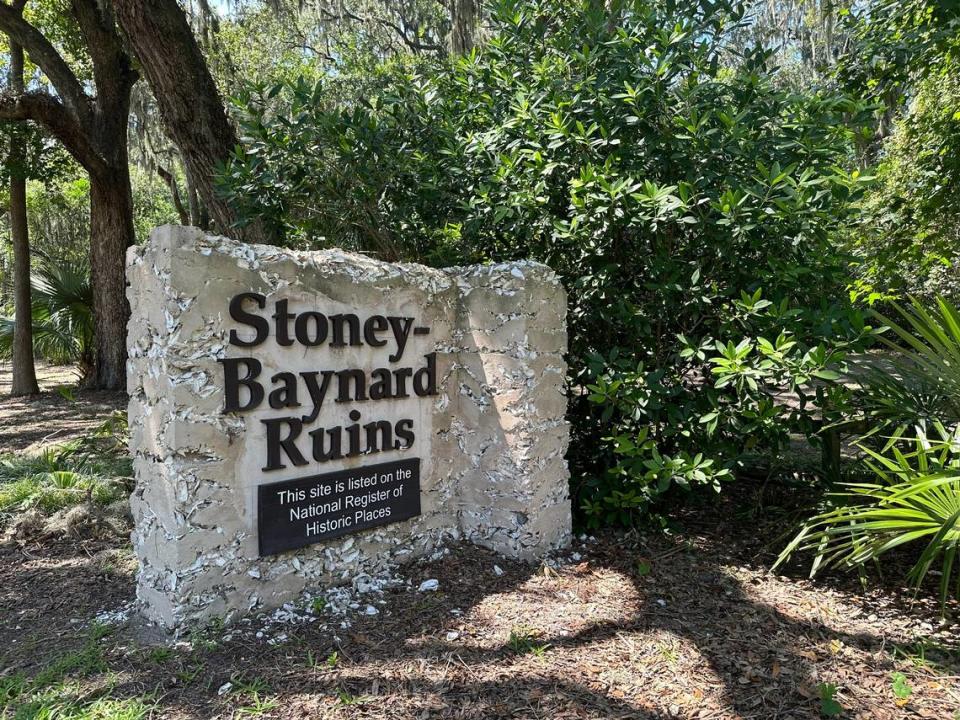
The ruins are located at the center of the former plantation, which covered the southern end of what is now the Sea Pines resort community, during the first half of the 18th century.
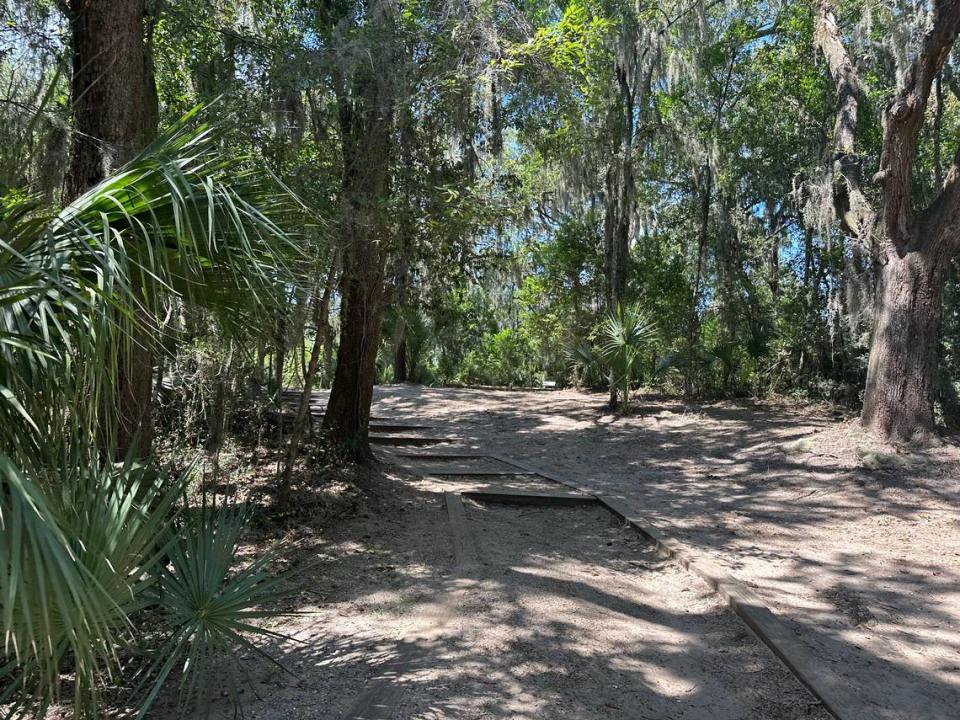
The main house on the property was first built by Captain John Stoney between 1793-1818, which was inherited along with the outbuildings, slaves and 1,200 acres in 1811 by his sons James and John, detailed the first placard located upon entrance to the historic site.
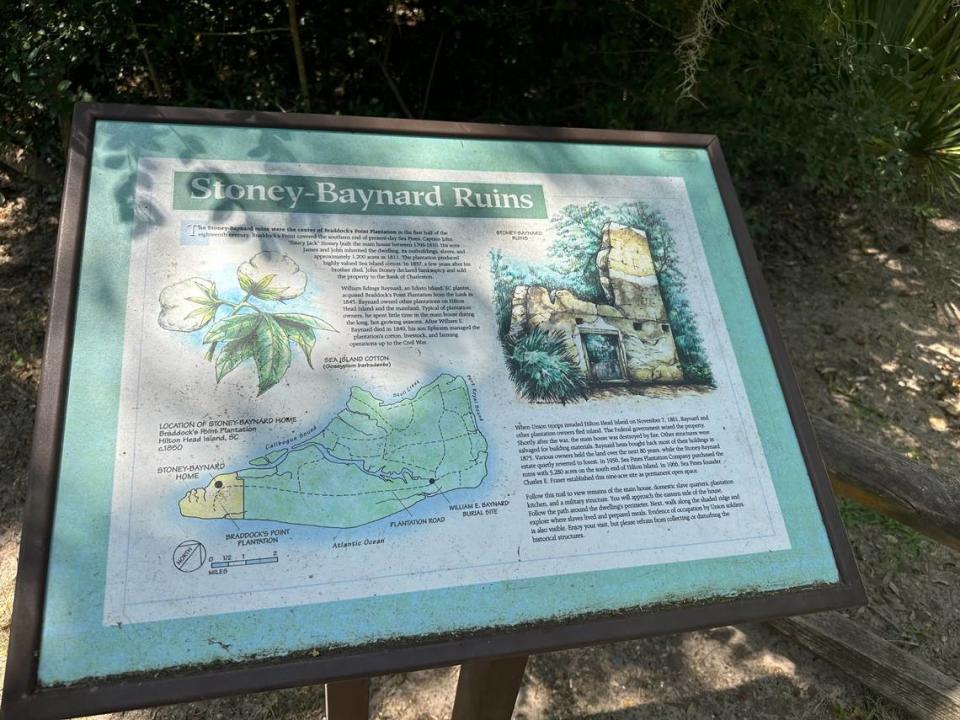
Captain John Stoney was one of four “Hilton Head patriots honored by the local chapter of the Sons of the American Revolution for their role in America’s struggle for independence, all of whom are buried in the Zion Cemetery,” shared the History & Ancestry Research Center’s Heritage Library. The cemetery is at the junction of US-278 and Matthews Drive.
The remaining ruins are what is left of the tabby mansion and the rest of the plantation, which produced the highly valued Sea Island Cotton (Gossypium barbadense) that was once recognized as the “finest cotton ever grown.”
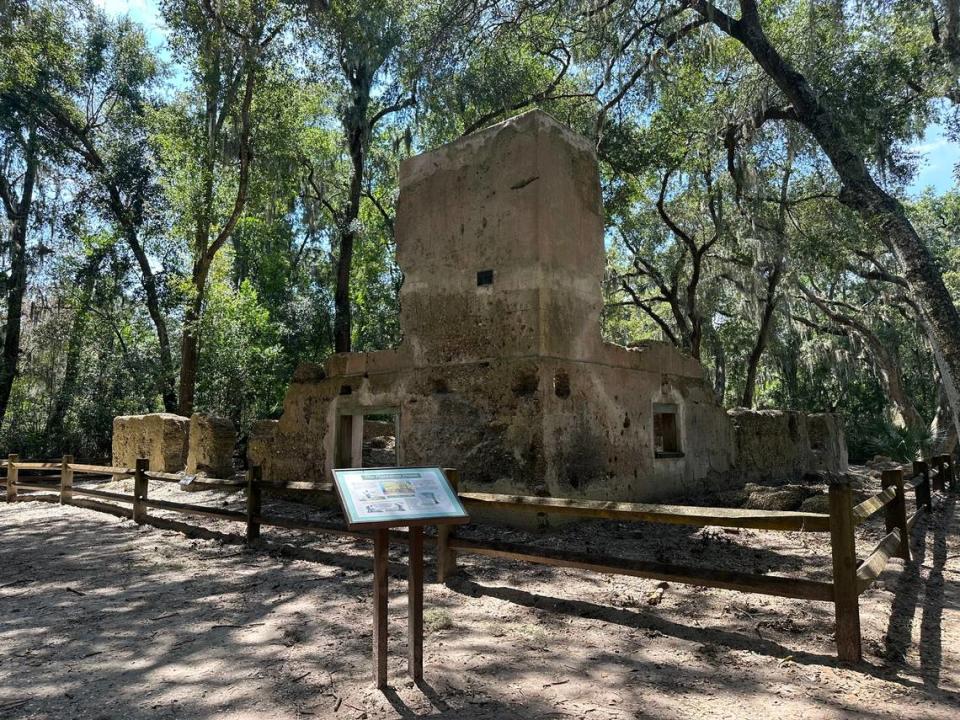
However, the property was sold to the Bank of Charleston by John Stoney following the death of his brother James after he declared bankruptcy.
William Edings Baynard, a planter from Edisto Island, then purchased Braddock’s Point Plantation from the bank in 1845. He had also already owned other plantations on the mainland as well as Hilton Head Island, such as Spanish Wells and Muddy Creek Plantations.
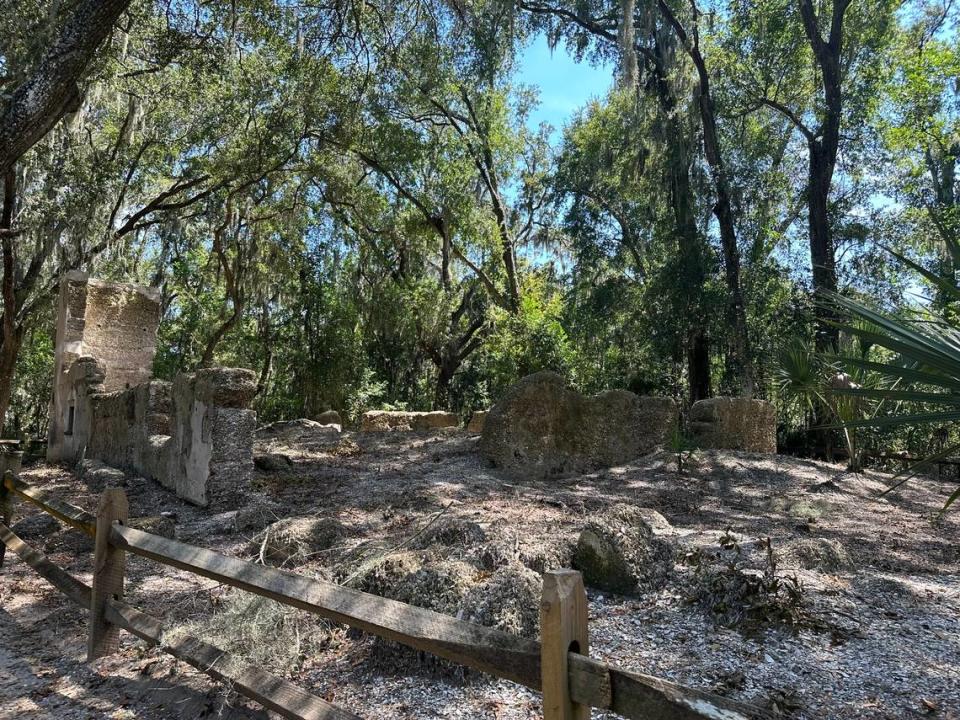
Following William E. Baynard’s death in 1849 at the age of 49, his son Ephraim managed the plantation’s cotton, farming operations and livestock up to the Civil War, where he then fled when Union troops invaded the island on November 7, 1861, continued the first placard.
Baynard was also buried in Zion Cemetery in a mausoleum he had constructed in 1846. However, the tomb is currently empty following reports on scavengers. This mausoleum is currently the oldest remaining intact structure on Hilton Head Island.
The Federal government seized the property and the main house was destroyed by fire and other structures were salvaged for building materials shortly after the war. Yet, the Baynards later bought back most of their holdings for $533 in back taxes that they had owed. They never attempted to rebuild the mansion, the Heritage Library states.
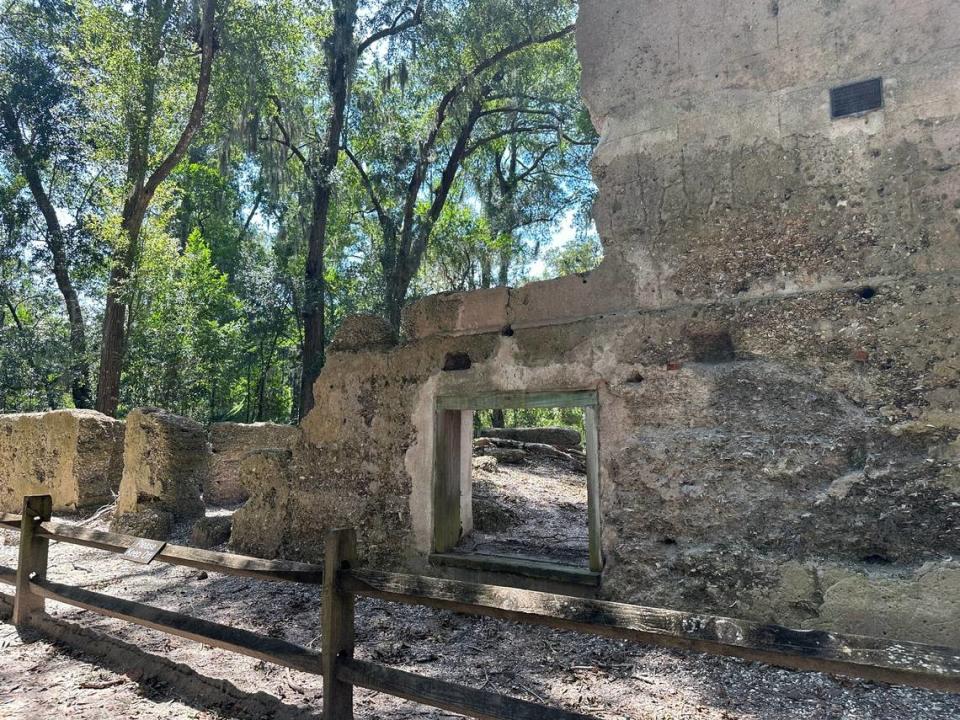
What remains of Braddock Point Plantation today are the mansion’s tabby foundation, a corner wall, the foundations of several other buildings and a kitchen chimney. All of which can be viewed for free by interested visitors at the Stoney-Baynard Ruins in Sea Pines off of Plantation Drive.
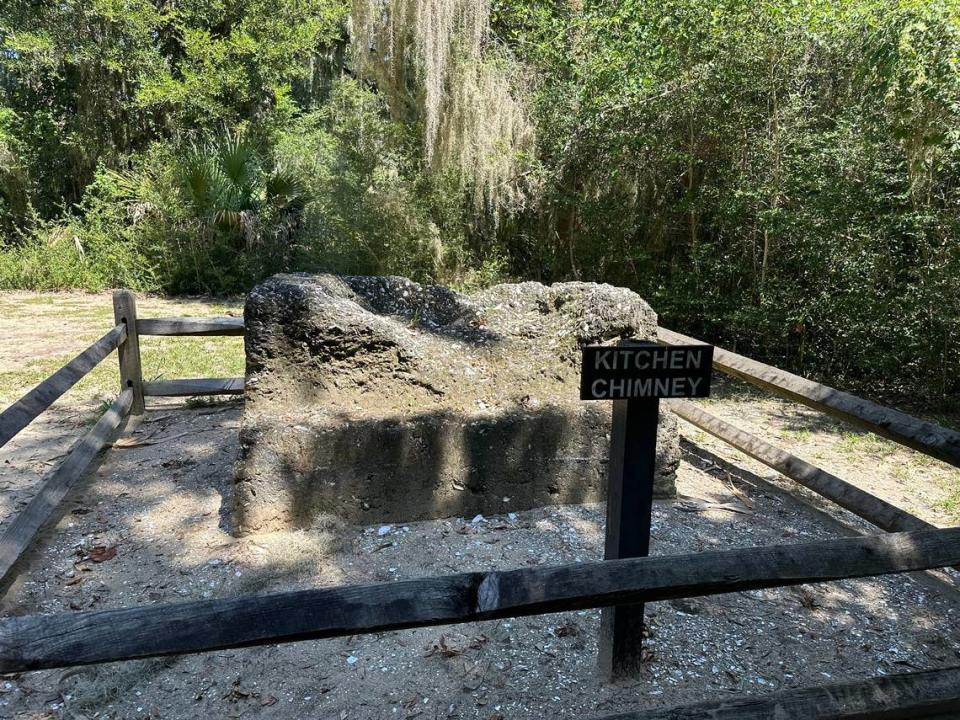
The ruins are listed on the National Register of Historic Places.
The main house, also referred to as the mansion, once faced the south and was an 1,885 square-foot building that was one and one-half stories tall, said a descriptive placard for the ruins. The ground level was used only for storage purposes with the living spaces being in the upper level.
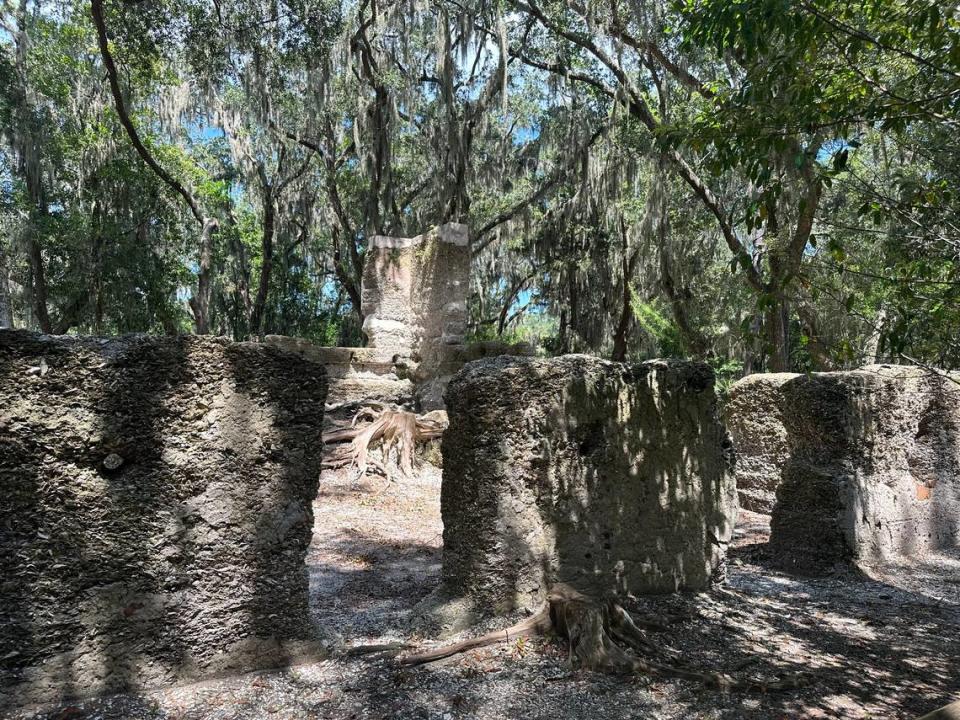
Adjacent to the main house, ruins from what was once domestic slave quarters also remain through its tabby footing. The remains of the small building were meant to face west toward Calibogue Sound. The quarters were once constructed of tabby footing, tabby brick, fired brick and wood. Two families of slaves lived in the 336 square foot wooden dwelling, detailed a designated placard for the site.
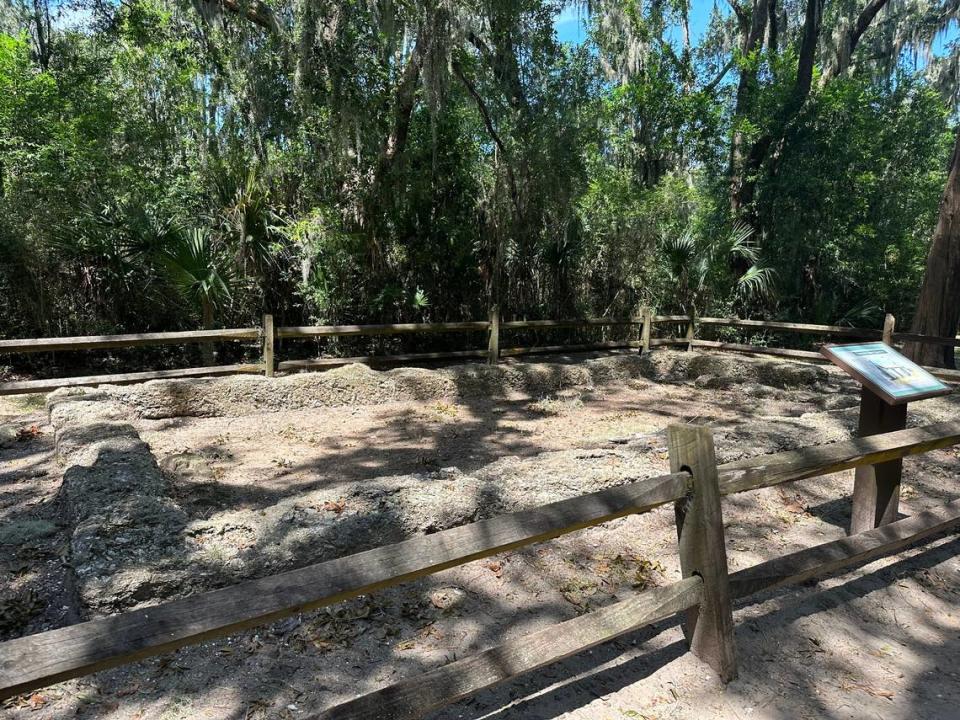
Although the locale is only open from sunrise to sunset, local and internet rumors confer that the funeral processions for William Baynard, or Baynard’s ghost itself, can be seen or heard in the area at night.
The Stoney-Baynard Ruins are free to visit once you are inside of Sea Pines and informational placards are placed around the property.
Reminder: There is a $9 , cash only entrance fee for vehicles entering the Sea Pines community without a resident or guest pass or decal.

